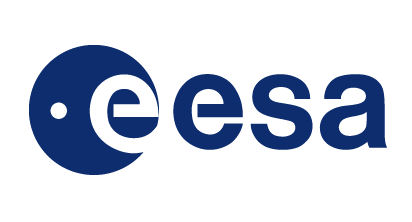The demonstrator showcases for the first time in a live environment the benefits of using satellite technology in 5G enabling a better understanding of the role that satellite could have in 5G systems.
Following a modular architecture, the testbed is designed to be able to incorporate additional remote testbeds within a large scale federation, next to the proposed four nodes, through this being able to naturally extend towards other locations.
Through the harmonisation of SatCom with 5G network features such as virtualisation, network slicing, control/user plane protocols, broadcast/multicast, SATis5 serves and enables the following new business models:
- Reducing initial CAPEX investment to enter new markets, through very small and dynamic infrastructure deployments;
- Opening up more backhaul and direct connectivity options in remote areas and towards highly distributed environments;
- Secure and reliable deployments of highly distributed enterprise networks;
- Support for on-demand network capacity increase in dense communication areas.
- Reducing on-going OPEX costs in remote environments;
- Delivering lower costs per subscriber by targeting small concentrated pockets of users;
- Enabling new ecosystems where the operator no longer needs to own and run the entire RAN (Radio Access Network).
SATis5 also brings key benefits for the 5G mobile industry:
- Profitable investment for mobile industry to deploy 5G backhaul to underserved areas;
- Take up of 5G services in low ARPU markets much faster than previous generations;
- Seamless accessibility for 5G vertical markets in rural and remote regions;
- Rapid deployment of highly distributed and secure sparse enterprise networks addressing 5G verticals with global connectivity coverage requirements;
- Rapid secure and resilient deployment for emergency scenarios;
- Delivery of very rich multimedia video content at low cost;
Rapid “plug and play” new service creation potential in previously difficult geographies.


